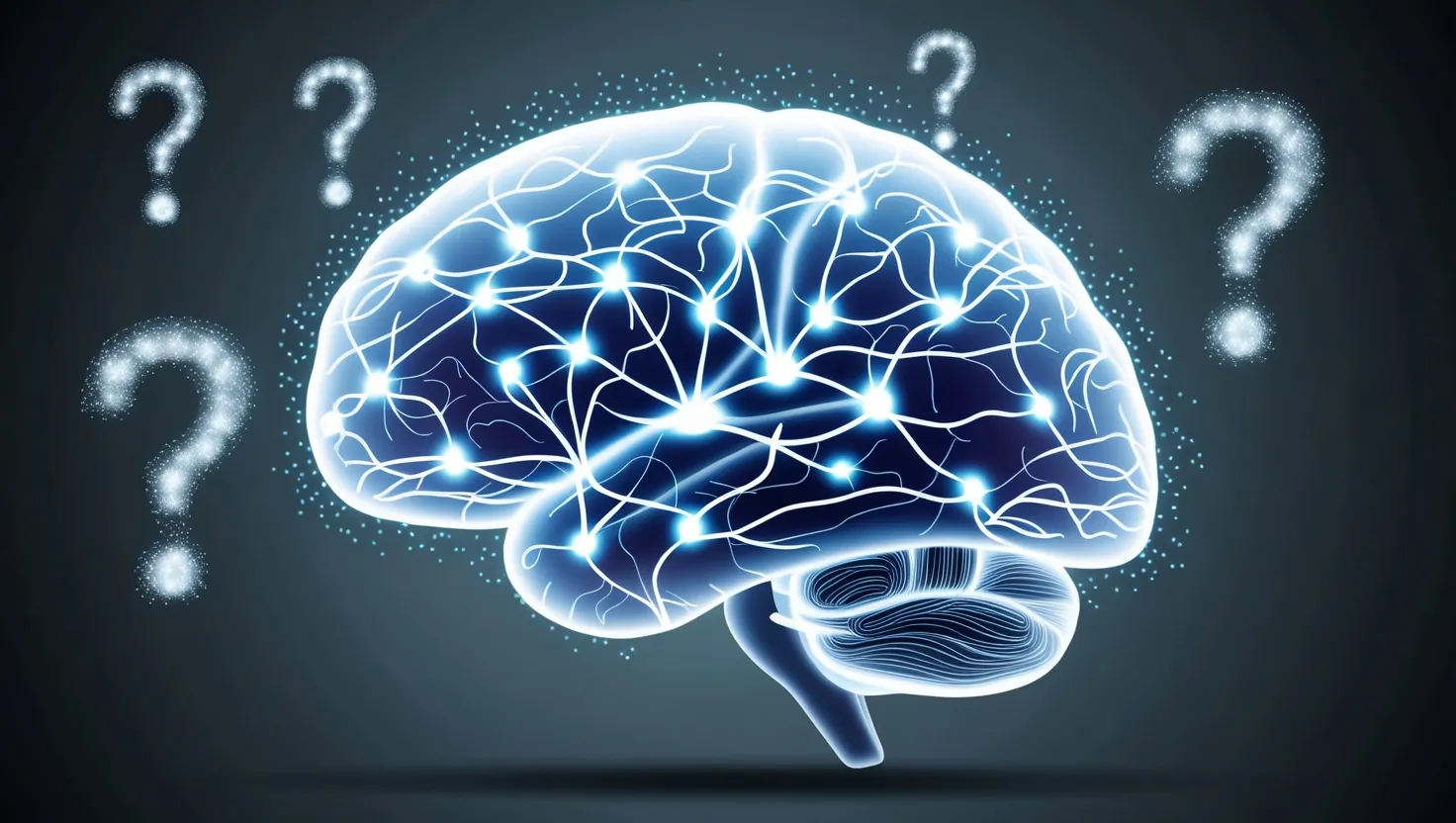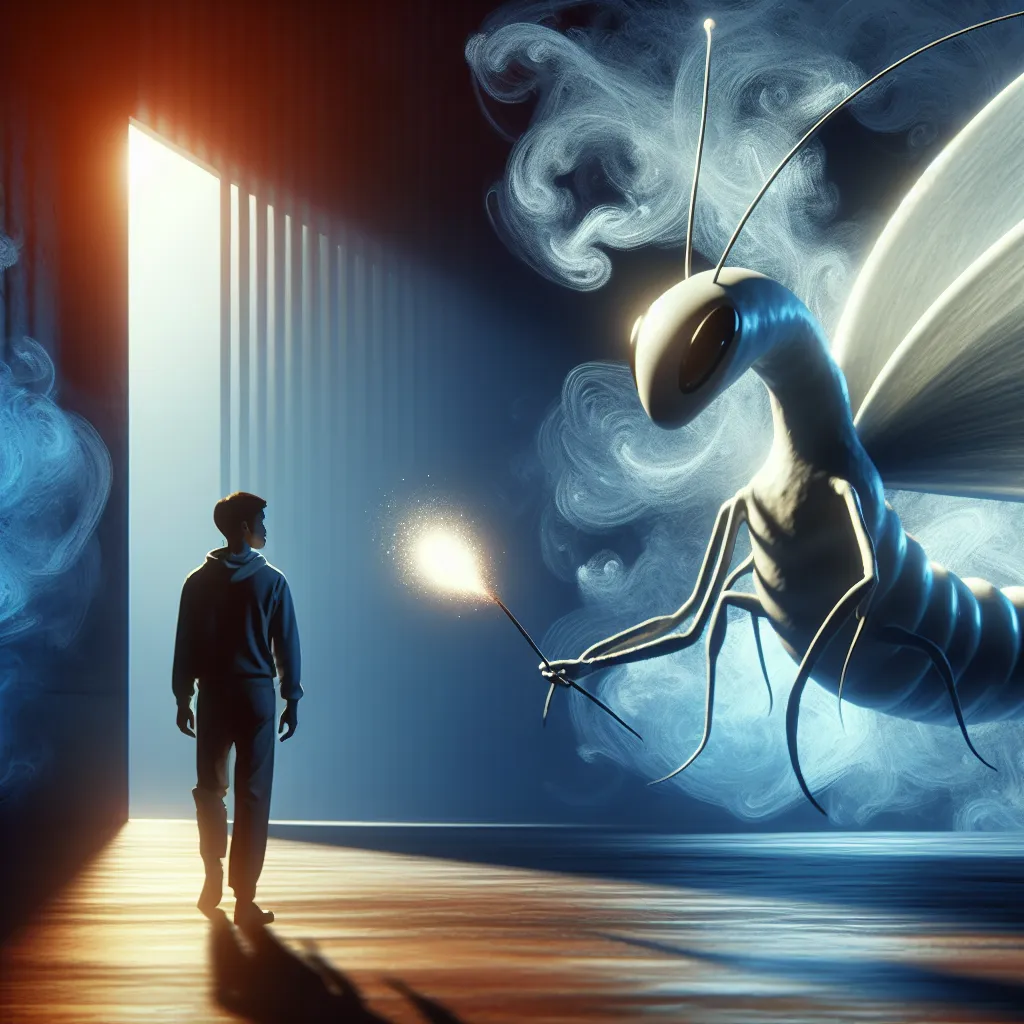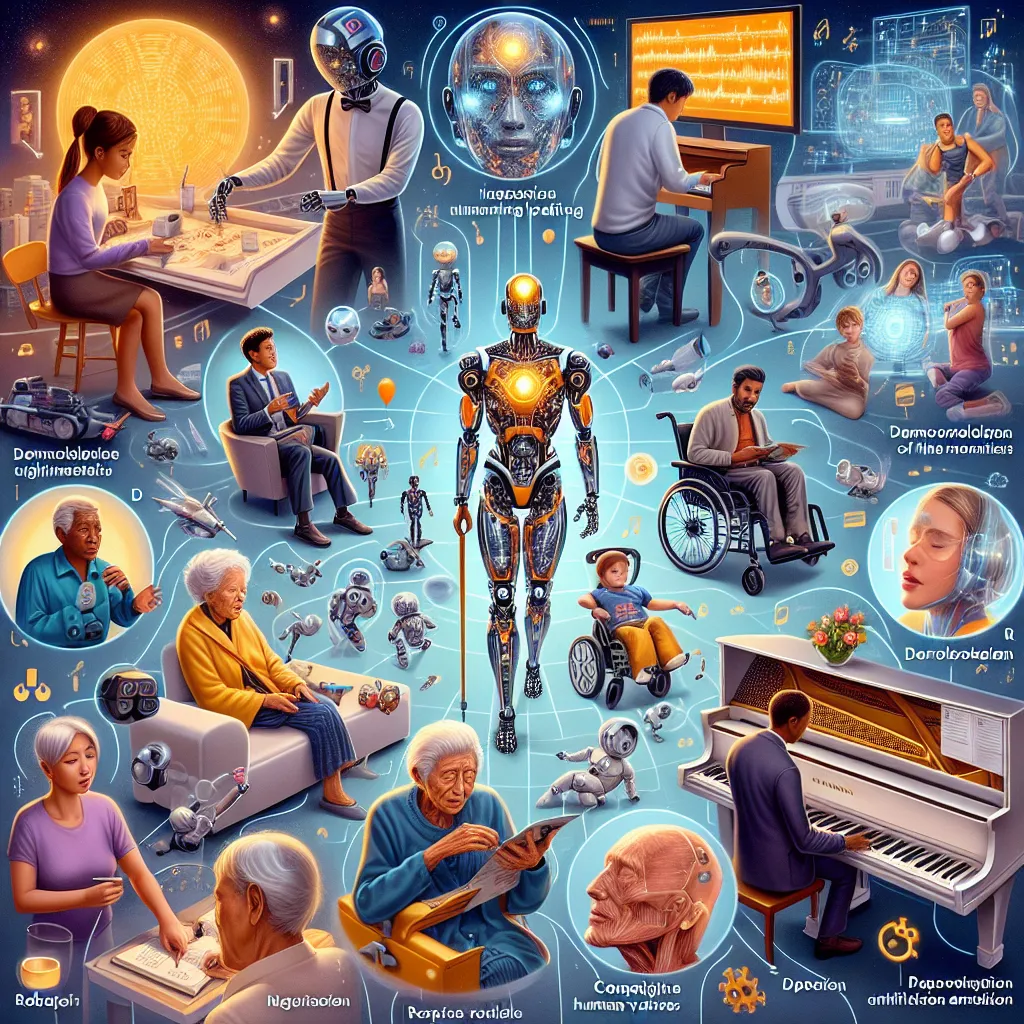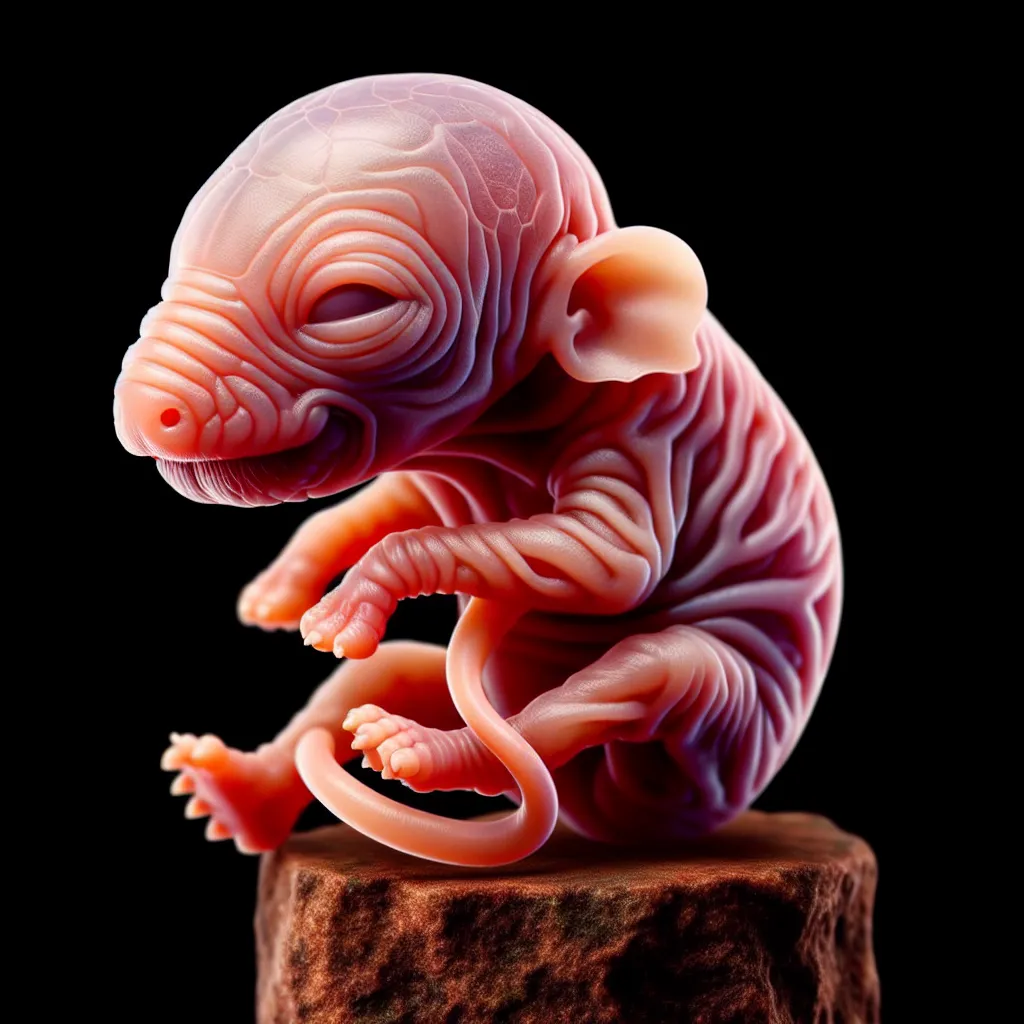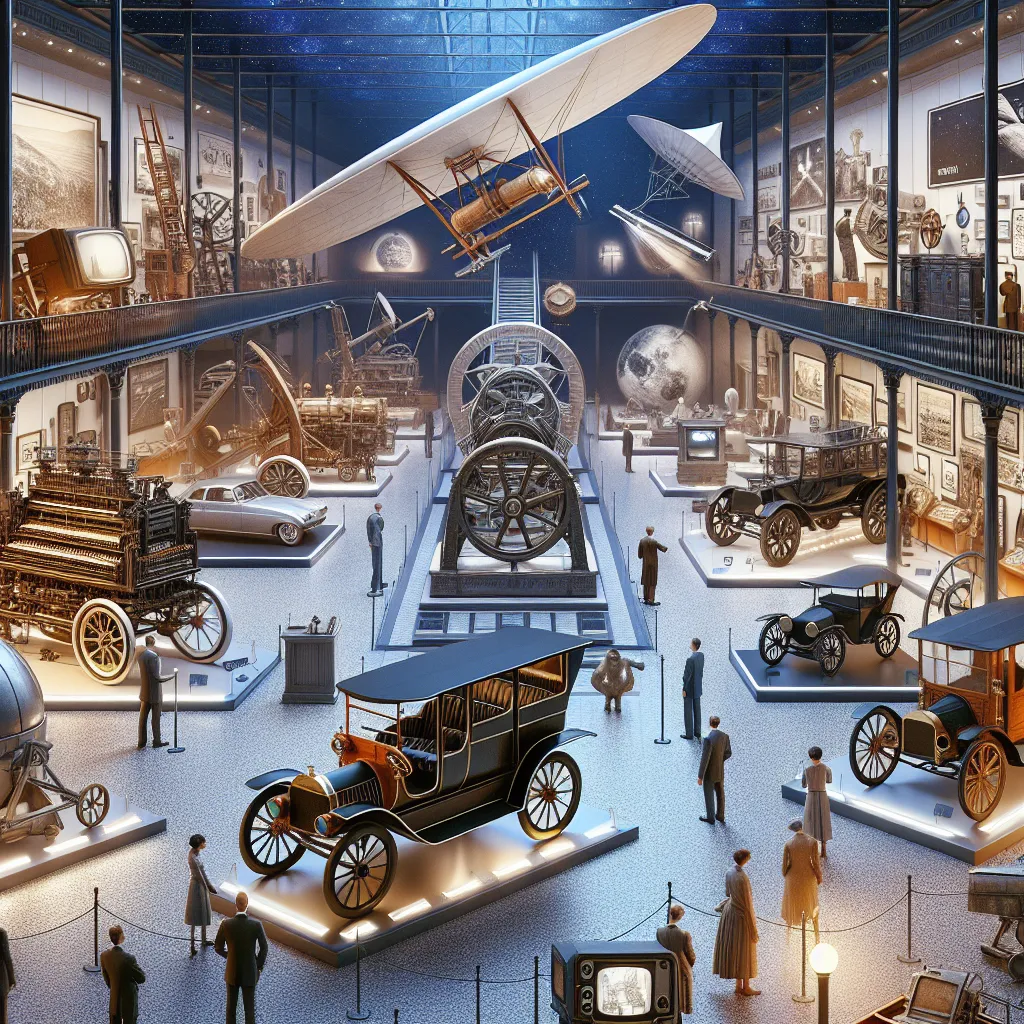If you ask any scientist or philosopher what makes consciousness such a stubborn puzzle, chances are you’ll be met with a pause—a searching look, a shrug, or maybe a sly grin. For all the imaging, theorizing, and measuring, the brightness of subjective experience keeps slipping through our nets. It brings to mind William James’s reminder: “The greatest discovery of my generation is that a human being can alter his life by altering his attitudes.” But what is this experiencing ‘being’—and can its nature really be altered, or even fully understood?
The big challenge, often called the hard problem of consciousness, is simple to state and astoundingly difficult to solve. We know that brains are made of cells, firing electrical signals, swapping chemicals. We can see these firings when people think, remember, love, or lose. But why does this intricate web of electrical activity feel like anything from the inside? I might look at a strawberry, and my brain will light up in trackable ways, but how does that produce not just the behavior of saying “red” but the vivid, private quality of redness? Is there any reason, aside from a kind of cosmic luck, that squishy brains lead to technicolor experience—while silicon chips and typewriters do not?
David Chalmers famously used the example of philosophical zombies—creatures just like us in every measurable way, but with empty inner lives. If we met one, could we ever tell the difference? More interestingly, might some aspects of our own lives play closer to the ‘zombie’ end of the scale than we care to admit? These questions are not idle curiosities. They force us to reflect on what, exactly, we’re even asking when we inquire about conscious experience.
Are we haunted by the limits of language? The philosopher Thomas Nagel once asked what it is like to be a bat, driving home the point that something is experienced by the bat that forever remains outside a human’s grasp. Even with the best brain scans, all we see are patterns, not the taste of echolocation.
“I think, therefore I am.” Descartes let these words echo through centuries. But what is the ‘I’ that is thinking? Does this self remain steady from moment to moment or is it, as some argue, an elaborate story aggregated by the brain? Modern research suggests our sense of continuous personal identity is cobbled together from disparate neural threads—memories here, goals there, emotions from another place entirely. The illusion works well most of the time, but under trauma, meditation, or neurological disruption, this sense of self can dissolve or fragment. Split-brain patients, for example, sometimes act as if two minds inhabit a single skull. What holds ‘me’ together when the brain’s wiring doesn’t agree on who ‘I’ am?
Here’s a twist: what if consciousness is not one thing, but many processes stitched together? Some neuroscientists argue that searching for a single ‘seat’ of consciousness is a dead end. No solitary spot in the brain flicks on the light of awareness. Instead, consciousness may resemble a parliament—warring interests, jostling coalitions, constant negotiation. Each sense, each memory, each intention brings its own voice to the debate. Does that mean our cherished sense of unity is itself an organizing illusion?
Take the neural correlate of consciousness—the hope that we will eventually match distinct patterns of brain activity to the presence (or absence) of conscious experience. So far, the evidence remains patchy. Long years of scanning brains and mapping networks have failed to turn up a single ‘aha!’ moment. Some researchers pin their hopes on the “global workspace theory,” where information becomes conscious when broadcast across the brain’s network. Others argue for the “integrated information theory,” proposing that consciousness depends on the complexity and interconnectivity of information processing. But neither fully solves the puzzle, and both are stubbornly hard to test or falsify.
Ask yourself: If we ever do isolate a precise neural signature for consciousness, would that truly explain why experience feels like anything at all? Or would it merely correlate with the events, always just beyond explanatory reach? Could we, for instance, ever know for certain whether an artificial intelligence, or even another person, truly feels?
This question becomes especially acute when we look to other creatures. We share the world with animals whose brains evolved along wildly different paths—can we know what subjective life, if any, animates a cuttlefish or a dog? Consider the case of crows, octopuses, and elephants. These animals show intelligence, playfulness, even signs of grief. But is there a fluorescent spark behind their behavior? Are we being anthropocentric when we measure animal consciousness with human yardsticks? Some philosophers suggest plants might even be aware in ways entirely alien to our experience. Others scoff—but none can decisively rule it out.
“Our task must be to free ourselves… by widening our circle of compassion to embrace all living creatures,” wrote Albert Einstein. But what if these creatures’ minds are so unlike ours that true understanding remains out of reach? If you could swap minds with a whale for a minute, would you emerge with wonder or confusion? This isn’t just theoretical: recognizing consciousness (or its absence) in animals has practical consequences for ethics, law, and how we treat the beings around us.
Sometimes, consciousness shows us its hidden edges by breaking. Disorders of consciousness—locked-in syndrome, vegetative states, minimally conscious states—present us with bodies that seem present, but minds whose status is agonizingly uncertain. The haunting question: is anyone home? Advances in brain imaging have revealed cases where people, seemingly unresponsive for years, could answer yes-or-no questions by imagining playing tennis or walking through their homes. These findings challenge our assumptions about awareness and the boundaries between life and death.
Imagine being fully aware yet unable to move or communicate, trapped within your mind. How would you know for sure that you are ‘in there’ if everything else fails? When, if ever, does consciousness fade away, and how would we detect its silent exit?
And what about us—the healthy, the quick, the self-assured? Are we possibly under lifelong illusions about the nature of our own consciousness? A growing number of scientists argue that what we call the ‘self’ is less a stable entity and more a rapidly revised screenplay. The brain takes inputs from past experiences, current moods, and social expectations, and stitches them together into a narrative we call “me.” Meditation practitioners speak of piercing this illusion, of experiencing moments with no fixed self—just sensations, memories, and awareness passing through.
If our self is a kind of fiction, does that actually make daily life less real—or more? What would it mean to live without the usual psychological anchors, free from the usual stories about “who we are”? Buddhist thinkers have ventured deep into this line of inquiry, proposing that clinging to a fixed self is the root of much suffering. Modern neuroscience, for its part, finds that even the strongest convictions and memories can be surprisingly unreliable.
Here’s a practical experiment: the next time you catch yourself in the act of remembering, ask, “How recent is this version of myself?” Is your sense of ‘who you are’ a snapshot, or a movie, or just a bundle of loosely connected impressions?
“To be yourself in a world that is constantly trying to make you something else is the greatest accomplishment,” said Ralph Waldo Emerson. Perhaps it is, if there really is a ‘yourself’ to be found.
Let’s not ignore the stranger theories: some propose that consciousness might not be special to brains at all. Could awareness be a basic property of the universe, lurking even in electrons and rocks? This notion, called panpsychism, strikes many as fanciful, but prominent philosophers are increasingly considering it as a way to bridge the explanatory leap from matter to mind. Is the hard problem of consciousness proof that we are asking the wrong questions—or just the right ones?
Sometimes, the mysteries of consciousness appear where we least expect them. Think of the odd moments: the familiar world melts away under anesthesia, only to snap back in an instant; the sense of continual self vanishes during deep sleep or in mystical experience. Why do we so easily “tune out,” and what, if anything, persists during those blank periods? Is awareness a fragile loop, or does it merely hide from external view?
As I reflect on these five great mysteries, I keep coming back to the practical: how should this uncertainty change how we live? Does not knowing how we are conscious diminish us, or does it make life richer, more marvelously improbable?
If consciousness remains unsolved, it’s not for lack of effort. Instead, perhaps it’s a sign of how profound our questions have become. Each time we get closer, the subject seems to shift, requiring sharper tools and subtler language. Maybe it’s not a puzzle to solve, but a landscape to explore—one whose every answer yields new questions. In the end, the greatest wonder may be that, for all our confusion, we are here to ask at all.
“What is life but a series of inspired follies?” George Bernard Shaw once asked. Maybe consciousness is the ultimate inspired folly—the strangest thing in the universe, and the one thing we each know most intimately. Would you really wish it any other way?
